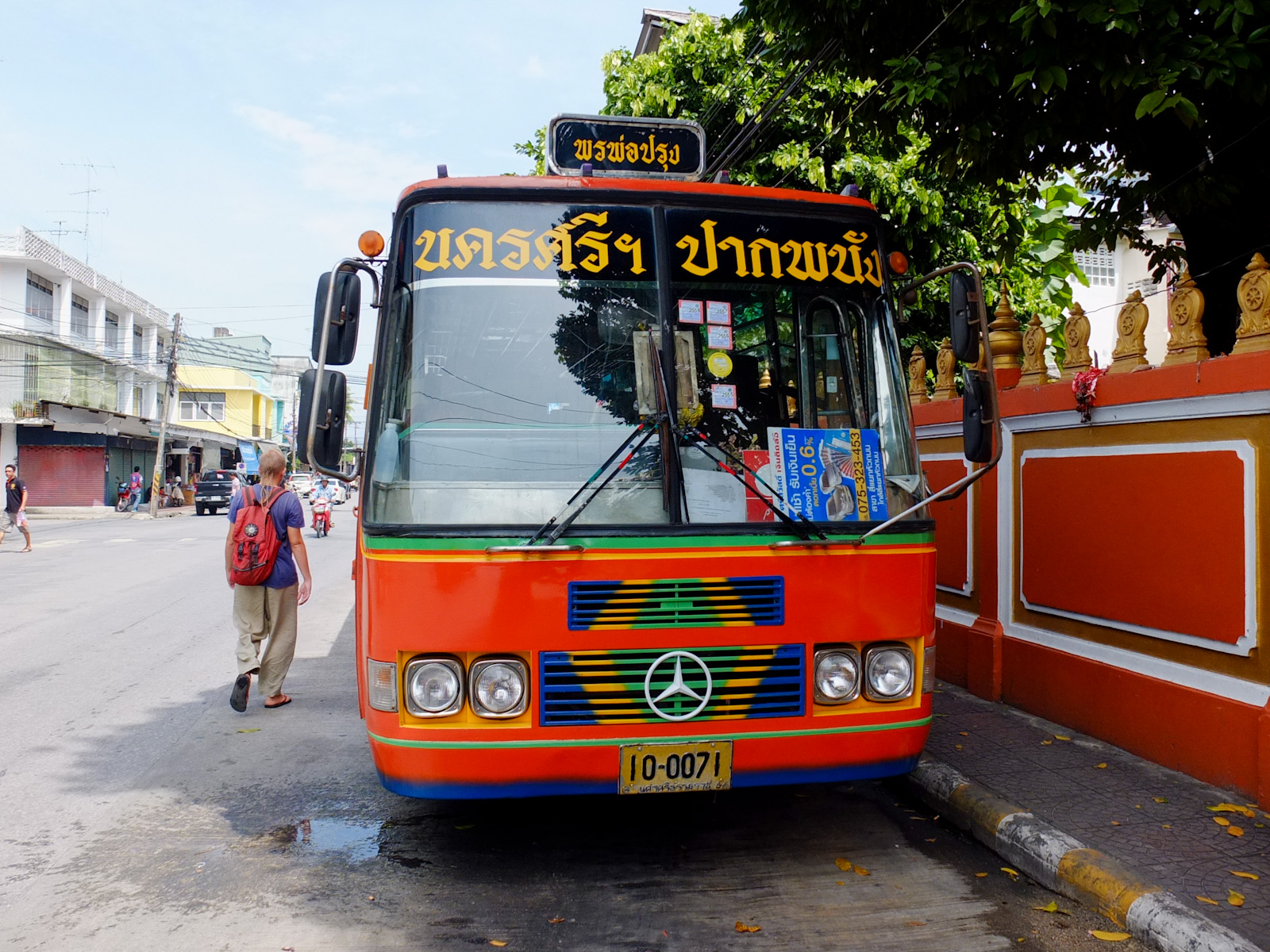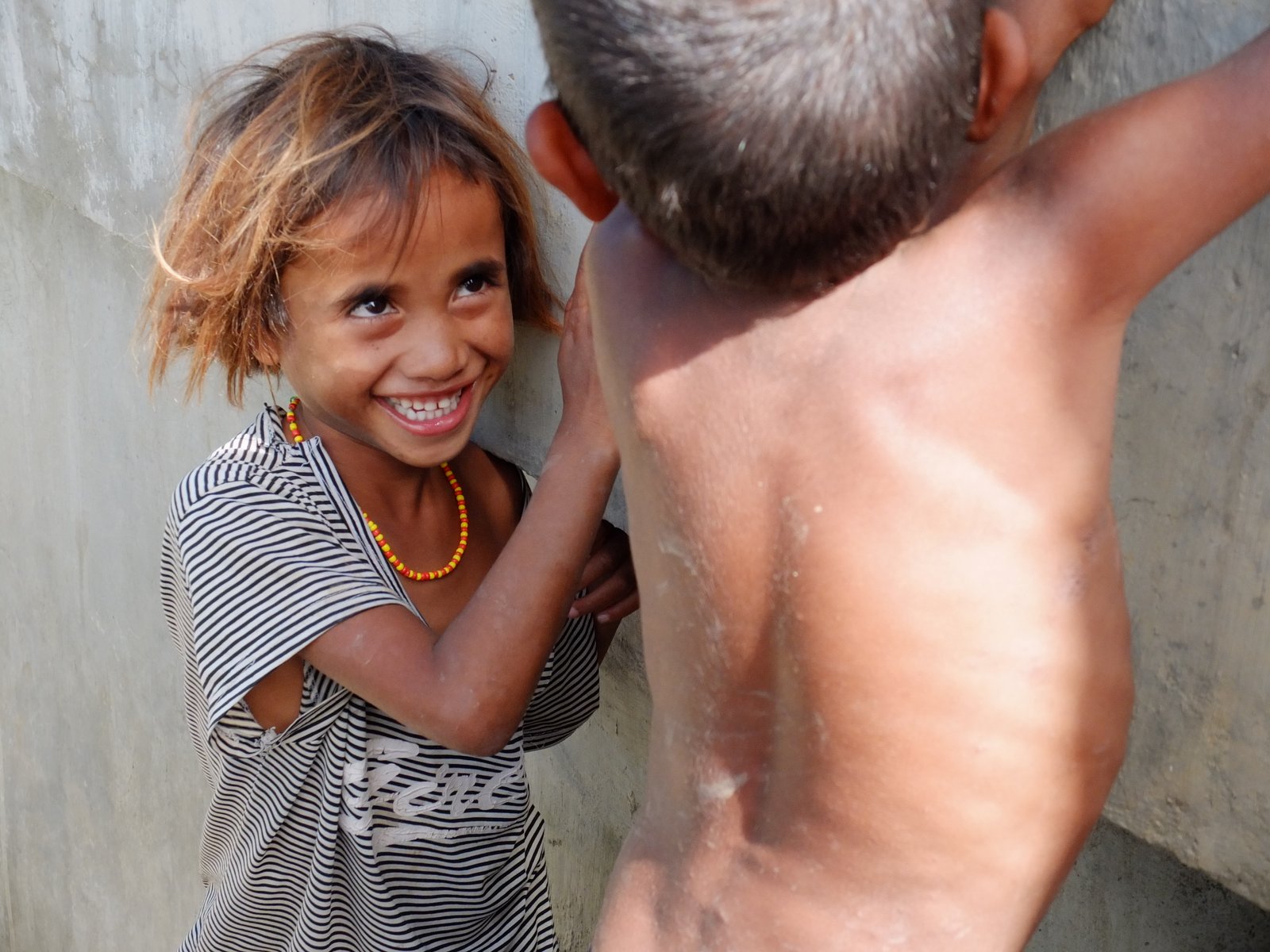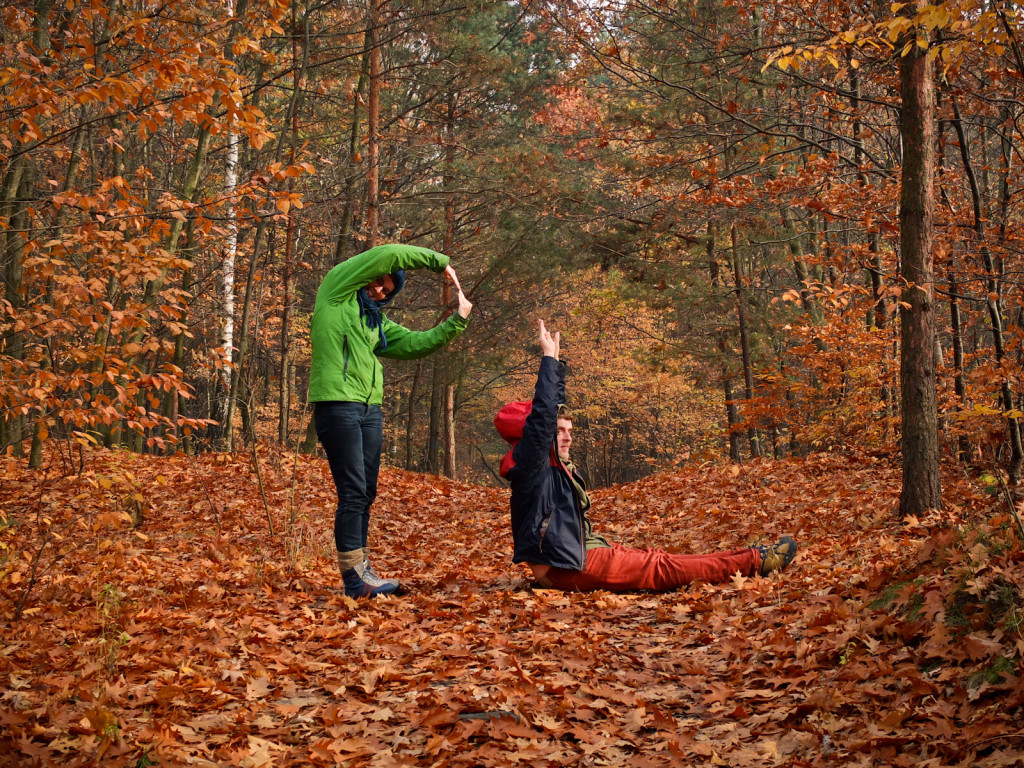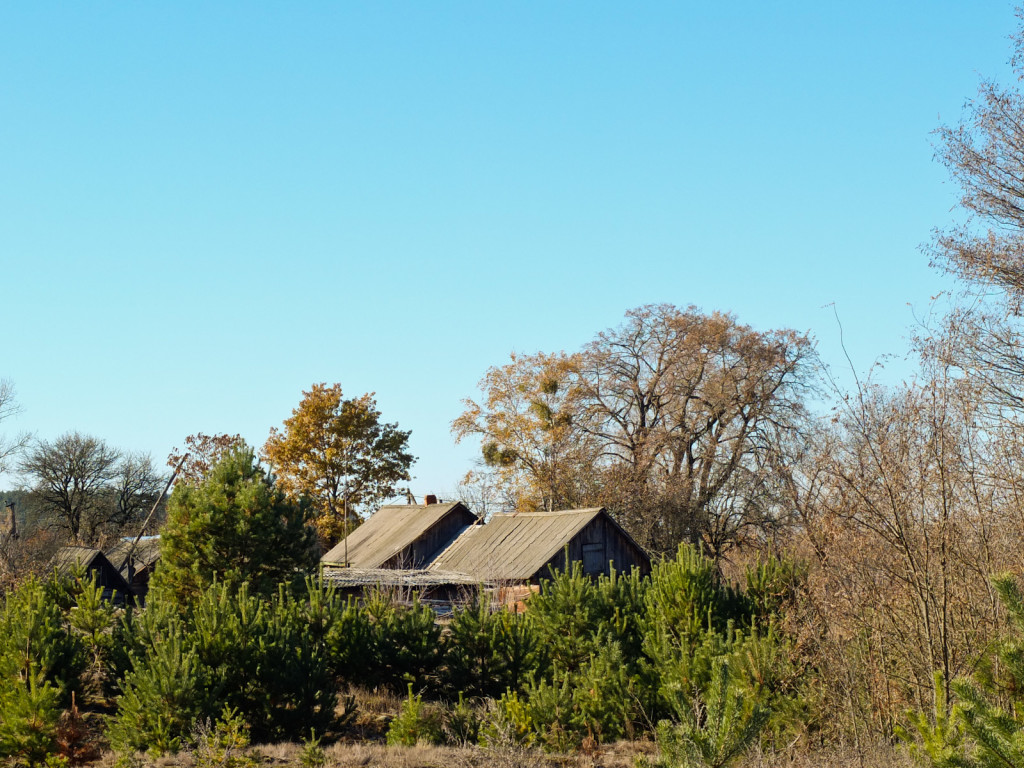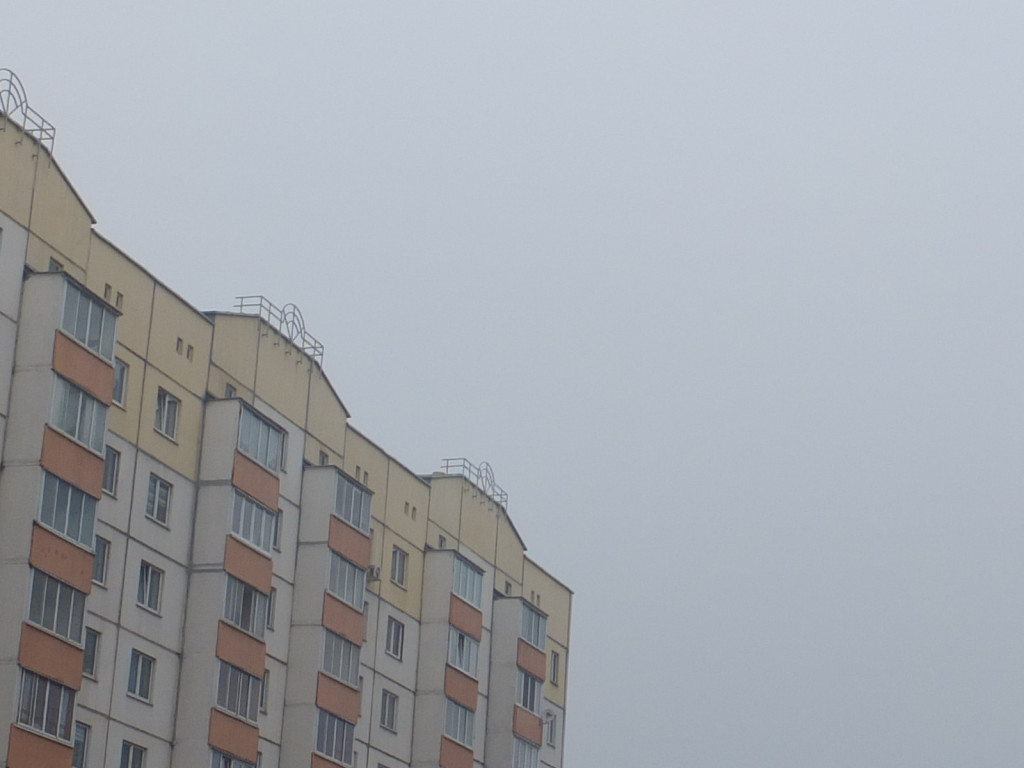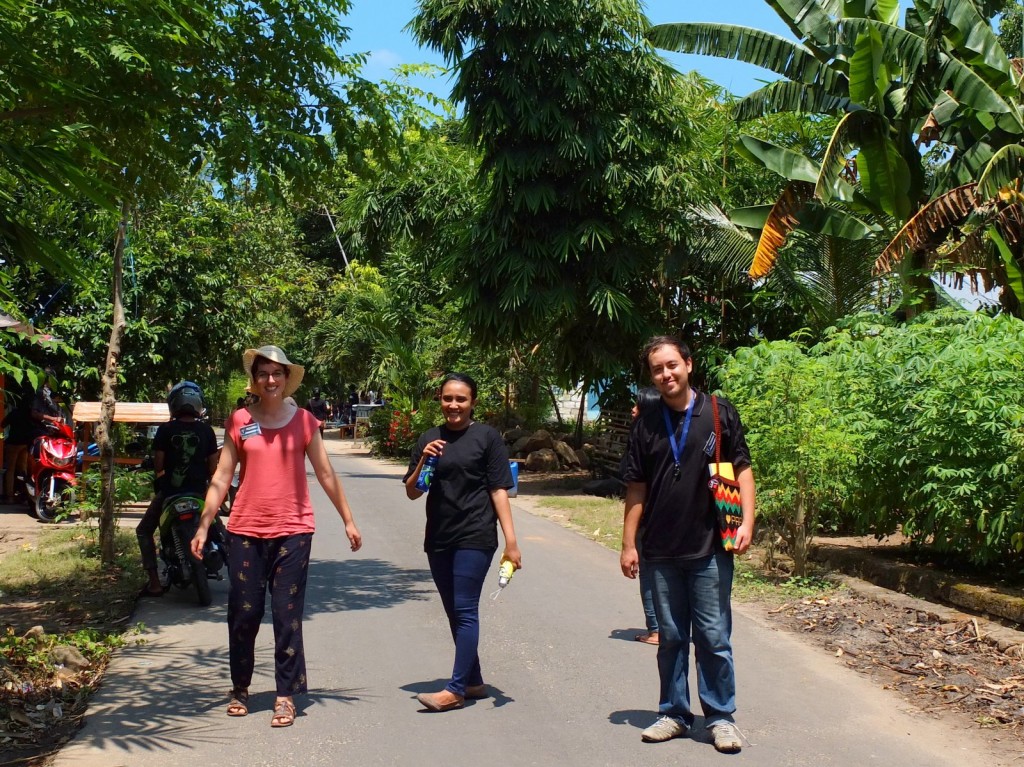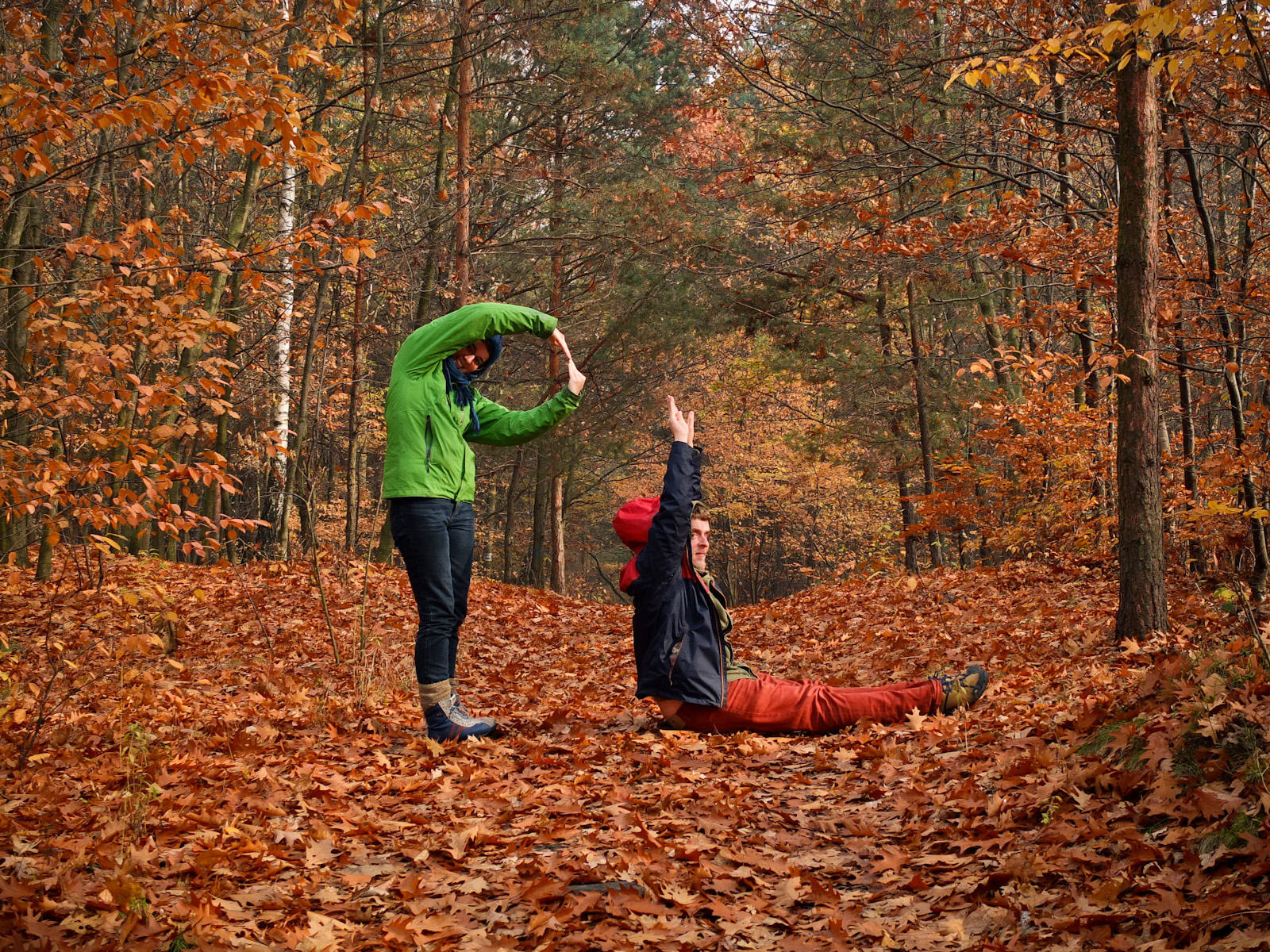
Tag: activists
We made it: Australia to Poland NO FLIGHTS!
Today we are writing to you from POLAND!!!!!!!!! We have made it the whole 25,000km from Wendy’s Melbourne, Australia, to where we sit now in lounge room of Jurek’s mother in Katowice, Poland, without taking a single flight! Around 15,000km of the way, we hitch-hiked. Project Drop the tension was cooked up while hitch-hiking east coast Australia – why don’t we keep going to Poland? we thought. We wanted to travel to get ideas and inspiration from different cultures for ways to live our own lives and decided that might be interesting for other people too. Wanting to travel consciously, our idea was broadly to explore cultures of sharing along our flight-less way: to meet people from a range of diverse backgrounds taking local action for more a human-friendly world. 1 year, 2 months and 10 days later, we’ve made it! We have officially completed our conscious overland journey crossing halfway round the globe, visiting 15 different nations. WOW!
It’s surreal for us to be here and have our clothes folded away in drawers (!); we imagine it will take some time to adjust back into living life in one place. No doubt we will have many more ideas, reflections and perhaps conclusions to share with you in the coming weeks and months as we fully churn all the experiences that have gotten us to where we are now. But for now, we wanted to mark the achievement by looking at some of the huge contrasts we’ve had along our way:
Continue Reading →
Red October
What was the name of this village before the revolution? “There was no village here before the revolution, it was a river here,” says Kirill (36), whose family are the only permanent dwellers of Чырвоны Кастрычник (Chyrvony Kastrychnik, Red October in Belarussian), “In the early years of the Soviet Union, they straightened up the Dnieper River for navigation. People from an overpopulated village nearby moved here then.” The whole region of Polesia, full of swamps and flooding rivers, has long been ignored by history. Local folks spoke their own language that had no name, they were calling it “our speech”. Even in the interwar period of 1918-1939, many dwellers of Polesia were not seeing themselves as belonging to any nation – asked who they were, they would answer “we’re from here.” They lived the same way for hundreds of years, growing and collecting food in the summer and in the winter making clothes and other commodities. “Every day of the year had its scheduled tasks, they always knew what to do,” says Kirill, “The oldest people remember it as a very happy time, with almost unlimited freedom.” Everything got changed in the time of the Soviet Union, that is after World War II in the west of Polesia and here – after the October Revolution, the Red October.
Unexpected art of Minsk
For the last 10 days we’ve been in Minsk, Belarus. Being here reminds me of how Poland was early in the ’90s, when the plastic, colourful world of empty satisfaction from buying stuff you don’t need hadn’t yet replaced the grim, grey world of pissed-off, grumpy people drowning in mud, being so frustrated with lack of opportunities. For most of the time, the weather here has been more grey than you can imagine, with low hanging clouds, freezing drizzle, dense fog… in such weather, you have to keep the lights on inside your house even though the daylight still lasts 10 hours. People here don’t have perspectives either. They need to work very hard for really little money and grim, concrete-paneled communist blocks are still being built and partly covered with pale pink or green paint. If you ask someone a question and don’t articulate your words clearly enough, the reaction more often than not, will be What?! And, stuck deep in this kind of environment, which only lurks, waiting to bring up the worst moods from the gloomiest parts of your psyche, we discovered some amazing art. But first, look at a couple of pictures to get the atmosphere.
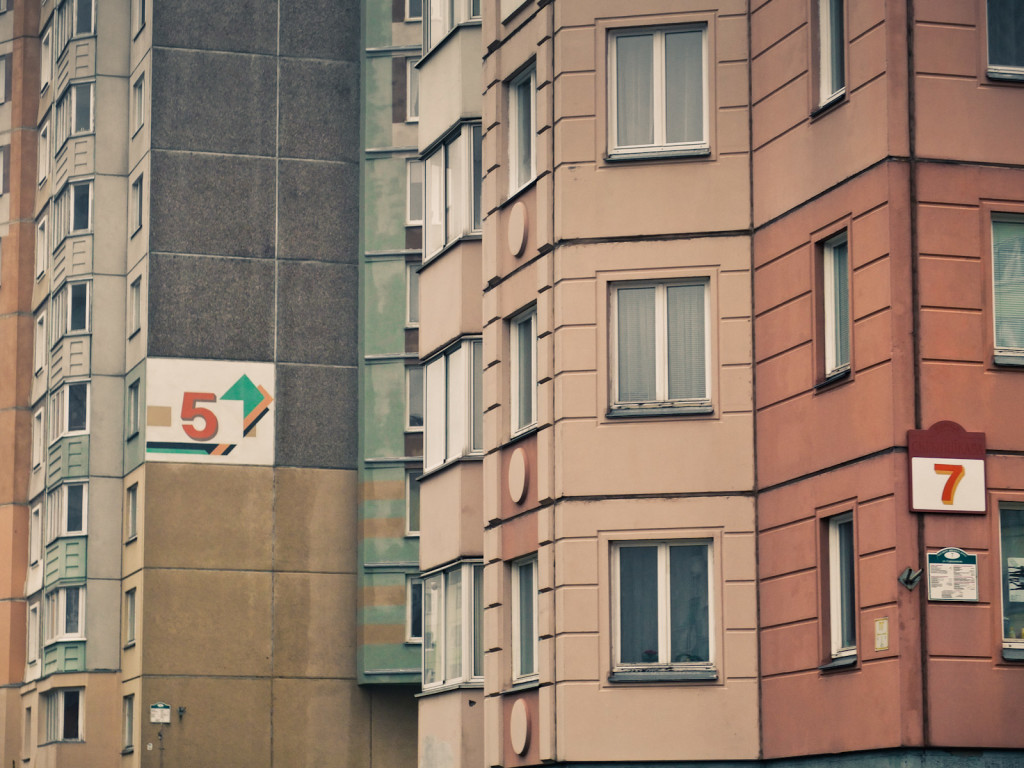 Continue Reading →
Continue Reading →
Trolley bus: outsider in Belarus
Minsk. “How is Belarus different from Australia?” they asked me at the weekly couchsurfing meet up. There were 40 or so people at the event. 5 were foreigners. I feel like a celebrity. They want me to tell them about the rest of the world. What is it like out there? They want to know about my work history. My salary. Our retirement age. My opinion on the refugee crisis. “How is Belarus different from Australia?” Can I think of one way in which they are the same?
Summing up Indonesia – part 2
Our second month in Indonesia was completely different. We left behind the isolated communities living slow-paced lives on the beaches and in the mountains of the distant east, barely touched by the global world and its brutal economies (if you missed that part of our travel, click here). Now we were getting to the core, to the heart of the country alike the Roman Empire bonding vast lands and most diverse cultures – and I imagine going from borderlands on the shores of Black Sea to Rome in the year 100 A.D. would look similar. We got close to the place most Indonesians from the East will never afford to travel to, but if they have electricity they often see it on the TV full of whitened faces and straightened hair – Java.
But let’s start from the beginning.
Summing up Indonesia – part 1
Keeping a blog while travelling is extremely hard. Even harder if your travel is as fast and full of experiences as ours was in Indonesia (we’ve spend the whole April and May there). We found ourselves still posting articles from Timor-Leste when we were already in Singapore.
While articles about particular happenings and organisations are in making (and some of them will be for months), we’ve decided to write a kind of ‘been there done that’ article for the sake of showing you what kind of stuff we’ve been engaging with (and rockin’ it!), as well as documenting dropthetension’s activities.
Hopefully this will show you where we are now with our project, how amazing it’s going and what a learning experience it is for us (to be utilized in the future!) Let’s begin!
MITRA
We want you to meet our friends from eastern Indonesia. They’re a student organisation called MITRA, or ‘partners’ in Bahasa Indonesia. It stands for Mahasiswa Indonesia Timur Relasi Asing, or East Indonesian Students Foreign Relations Society. Their goal? To empower the students of East Indonesia. After travelling East-West across Indonesia, I understand why MITRA’s work is so important.
From the outside, Indonesia seems to be another Muslim, South East Asian country. But it’s actually a complex and extremely diverse “empire” ruling over many different nations and regions, with differing languages, customs and even climates. This is a country made up of more than 17000 islands! I didn’t realise before arrival that Indonesia is the world’s 4th largest population! However, 58% of these people live on Java – the most densely populated island in the world. This skewed population density makes for inequality of resources, as allocated by the central-focused government.
Conscious projects in Timor-Leste
During our visit we met a bunch of passionate people with exciting ideas to help shape the future of Timor-Leste. While you’ll find plenty of foreign aid workers in this new country, surely the Timor of tomorrow is best shaped by those who know it best: Timorese people. Here is a brief look at just some of the cool projects we discovered:
– Arte Moris: walking in off the dusty streets of Dili into the Arte Moris gardens is like arriving in the Berlin underground art scene… In a tropical jungle?! Amazing sculptures made almost entirely of collected rubbish. Litter is everywhere in Timor-Leste, with waterways often looking more like rubbish tips. There is no waste system in place and at best it’ll be burned (which of course isn’t good at all!). So to find people using this rubbish as the raw material to make something beautiful is really exciting. The team of artists who live and work at Atre Moris (the vibe is totally ‘artists squat’), run workshops to encourage local youth in creative expression, interwoven with themes surrounding the environment. Inside we caught an exhibition of two local artists, giving insight into daily life in Dili. Other works combine traditional handicrafts into modern works.
Aussies
More than anything else, Aussies (as Australians call themselves) are an incredibly nice and relaxed nation. In Aussie English the one and only popular answer to sorry, thank you, please, and practically anything else is, the ultimate Australian expression – no worries. And they indeed do not have much to worry about.
Thriving economy, reasonable social welfare, pleasant weather (in most inhabited areas) and a relatively peaceful multiculturality ensure that most Australians can just focus on enjoying their lives.

